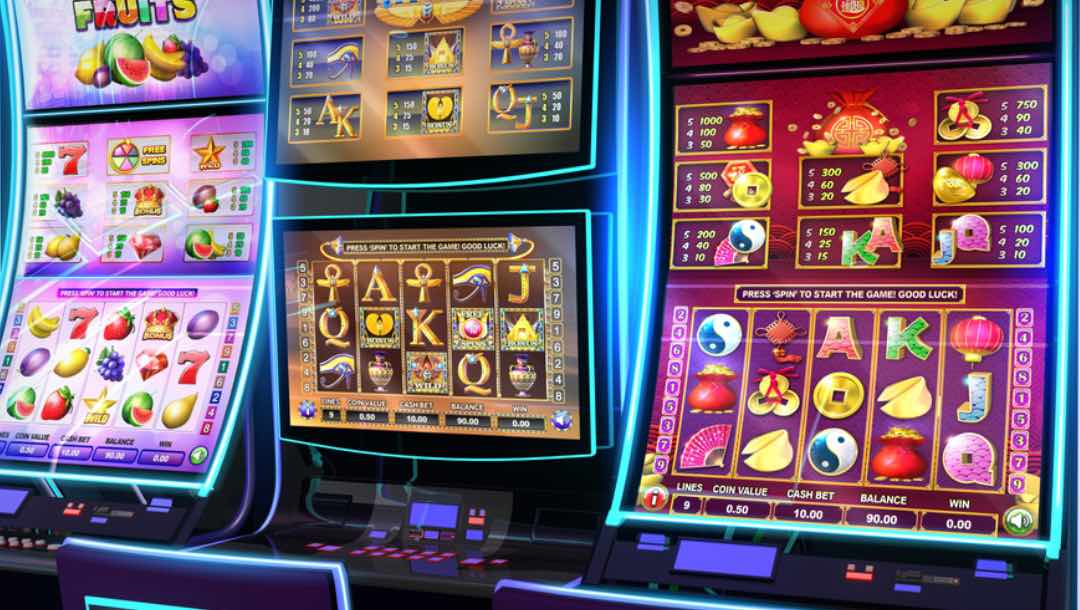Slot games have undergone a fascinating evolution from their mechanical origins to their current digital sophistication. They are a staple in casinos and online gaming platforms, captivating players with their vibrant graphics, enticing soundtracks, and the promise of big wins. In this article, we’ll delve into the history of slot gacor games, how they work, their cultural impact, and what the future holds for these ever-popular games.
The Historical Spin: From Mechanical to Digital
1. The Origins of Slot Machines
Slot games trace their roots back to the late 19th century. The first mechanical slot machine, the Liberty Bell, was created by Charles Fey in 1895. This device featured three spinning reels with five symbols: hearts, diamonds, spades, horseshoes, and the iconic Liberty Bell. Players would pull a lever to set the reels in motion, and if the symbols aligned in a specific way, they would win a payout.
2. The Rise of Electromechanical Slots
The 1960s and 70s saw a significant innovation with the advent of electromechanical slots. These machines combined traditional mechanical elements with electrical components, enabling more complex games and more varied payout structures. This era also introduced the concept of “slot machine psychology,” where designers used bright lights and engaging sounds to enhance the gaming experience.
3. The Digital Revolution
The 1990s marked the digital revolution in slot gaming, as online casinos began to emerge. The transition from mechanical to digital slots opened up a new world of possibilities. Software developers created virtual reels and used Random Number Generators (RNGs) to ensure fairness and randomness. This period also saw the introduction of video slots, which allowed for advanced graphics and animations that were impossible with mechanical systems.
Mechanics of Modern Slot Games
1. Reels and Symbols
Modern slot games typically feature five or more reels, each with a variety of symbols. Unlike traditional slots with physical reels, digital slots use virtual reels. The symbols on these reels can range from classic fruit icons to elaborate themed graphics, depending on the game.
2. Paylines and Payouts
Paylines are the lines on which winning combinations of symbols must align to earn a payout. Traditional slots had a single payline, but modern games often feature multiple paylines and even flexible payways, where wins can be achieved from various directions. Payouts are calculated based on the symbols’ value and the number of symbols aligned on a payline.
3. Bonus Features and Jackpots
To enhance player engagement, modern slot games incorporate various bonus features, such as free spins, multipliers, and interactive mini-games. Progressive jackpots, which grow as players contribute a small percentage of their bets to a communal pool, have also become a major draw. These jackpots can reach staggering amounts, offering life-changing potential wins.
The Cultural Impact of Slot Games
1. Slot Games in Popular Culture
Slot games have permeated popular culture, appearing in movies, television shows, and even music. Iconic references, such as those in movies like “Casino” and “The Hangover,” have cemented the slot machine’s place in the public imagination. Additionally, online slots often feature themes from popular movies, TV shows, and even comic books, bridging the gap between gaming and entertainment.
2. The Social Aspect
The rise of online casinos and mobile gaming has introduced a social dimension to slot games. Many platforms now feature multiplayer options, leaderboards, and social media integrations, allowing players to share their experiences and achievements. The sense of community and competition adds a new layer to the gaming experience.
